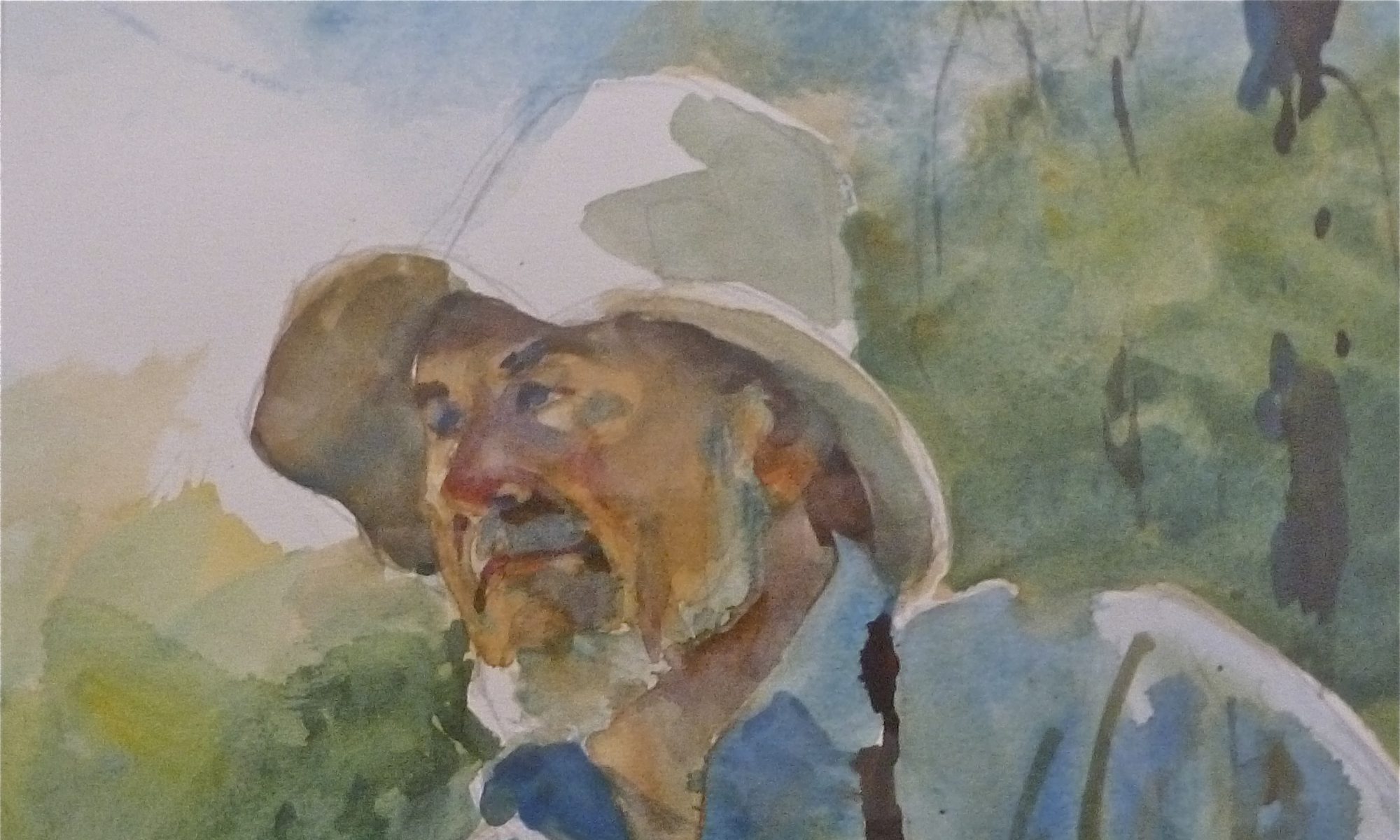When I was a teen, on a cold weekend, kids and adults would gather on Keene’s Pond to play hockey or just to skate. Franklin O’Donnell had a cart with an attached cabinet, the doors and shelves of which were stocked with candy bars, cheese crackers, Devil Dogs, Whoopie Pies and other stuff, all frozen. Frankie would haul his cart onto the ice to peddle his wares. A 5-cent Milky Way was 10 cents — everything was marked up 5 or 10 cents over Sted’s prices. Stedmans, the store on the corner of Ferry Street and Sea Street, was also known as the Seaview Package Store.
Some nights, folks would come back to skate. Many times a bonfire would be made and we would cook marshmallows and sometimes hot dogs. The stick you would cook with was never long enough, and you would nearly cook your legs!
 |
| Ice blocks were sold by the pound. Mom would display the pounds she wanted at the top, in the porch door window. |
“Dirty Russ” Williamson delivered ice to the neighborhood for Horace Keene. Russ stopped his truck on Station Street, under the overhang of a big maple tree (long gone). He would honk, then holler, “Ruthie, how much ice ya want?” Mom would have a sign in the porch window with the amount above. I never understood why Russ had to ask — maybe Russ couldn’t read or see? Anyway, Mom would holler back the amount, Russ would uncover a block then stab lines across with an ice pick. A small block would fall off. Then he would grab it with tongs and toss it into the scale, trim it, and put on his leather apron, which hung down front and back. Russ grabbed the block with tongs, lugged it into the back hall, then fitted it into the icebox. How did he know what size to cut a 50# block? There was always a chip of ice left near the tailgate that I helped myself to, standing barefoot in a pool of ice water that drained from the ice truck (summertime only).
 |
| A block of ice headed to our icebox. |
In 1945, Horace Keene was no longer cutting ice. I think My Dad bought ice in Greenbush and hauled a block home, set onto the front bumper of his Chevy. Within a short time we got a refrigerator.
 |
||
The icebox.
|
 |
| ” H. C. Keene” Sea View Mass. icepick. Courtesy of H. C. Keene’s grandson, Tony Lambert. |
 |
| Horace Keene’s Ice House looking NE. Courtesy of H.C. Keene’s grandson Tony Lambert. |
 |
| Horace Keene’s ice house under construction. looking SE. |
As the years went by, I watched Keene’s ice house, on Church Street, become a derelict — first sagging, then a wall crumbling, and one day in the mid-to-late 50s, it came tumbling down upon itself, spewing sawdust out its walls in big heaps all around. It remained a heap of rubble for a few more years. A house has been built forward of where the icehouse stood.
I never knew who owned Keene’s Pond. I suspect it was named for its abutter, Keene, on the south side, however there were other abutters on the east, north and west. The late Seaview historian, Philip Randall, told me that the pond was also called Little’s Pond, Randall’s Pond and maybe Seaview Pond. I wonder what folks call it now.
Just another remembrance: In the spring, after ice-out, Charles “Simmy” Simmons and Fred Hall, members of the Marshfield Rod & Gun Club, would replace the NO FISHING sign on the pond, about 50 feet out from Summer Street. It seems the pond was privately owned, and the R&C stocked it with rainbow trout. I never did catch one of those babies! And the sign and post usually helped cook marshmallows!

by Ray Freden
Originally published in the Marshfield Mariner, March 25, 2009













